Practice Changes Mean
More Profit Potential
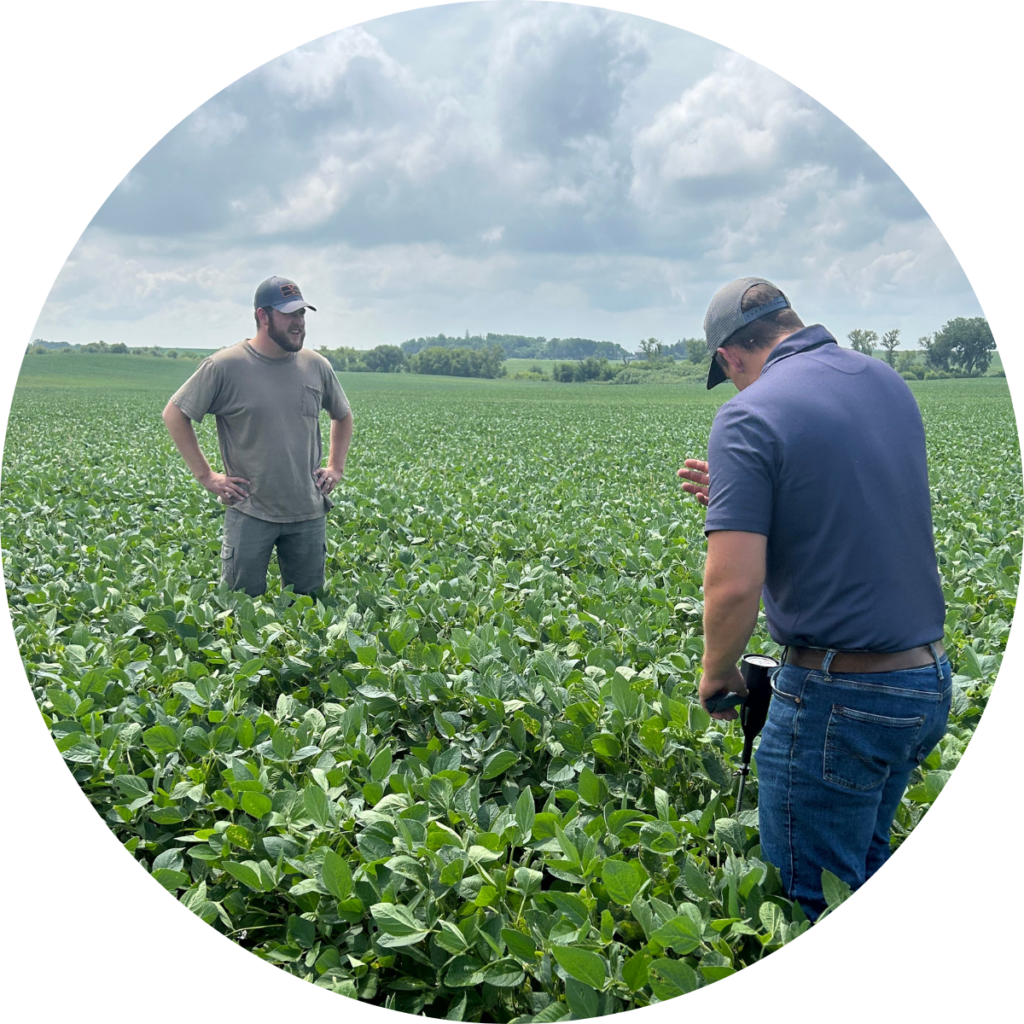
Carbon Credit Revenue: Added Rewards for Implementing Sustainable Practices
By enrolling in the Agoro Carbon program, you can gain access to our professional agronomists and scientists who will help implement sustainable practices in your operation. These practices offer an additional source of income through carbon credit payments not to mention substantial benefits such as healthier soils and improved long-term productivity.
Make Practice Changes & Get Paid to Improve Your Soil
Row Crop Practices
Soil conservation practices are well known to drive productivity and boost your farm’s bottom line. Now, they can also generate carbon credits, opening a new source of income.
Reduced Tillage/No Till
Limiting or eliminating soil disturbances
Cover Crops/Legume Addition
Incorporating off-season crops to improve soil fertility
Pasture & Range Practices
Sound pasture management drives productivity, animal health, and operational resiliency. When you implement certain practice changes, you’ll also generate carbon credits that deliver supplemental income for your ranch.
Grazing Management
Altering stocking rate and grazing days improves yield and forage intake - while improving soil carbon.
Biodiversity
Adding a species to your ranch can improve yield, carbon storage, and
animal health.
Fertilization
Judicious use of N-containing fertilizer helps optimize carbon storage, boost yield potential, and improve forage.
Dual Benefits
We provide free agronomic advice and support to help you implement and maintain the practices that are right for your operation.
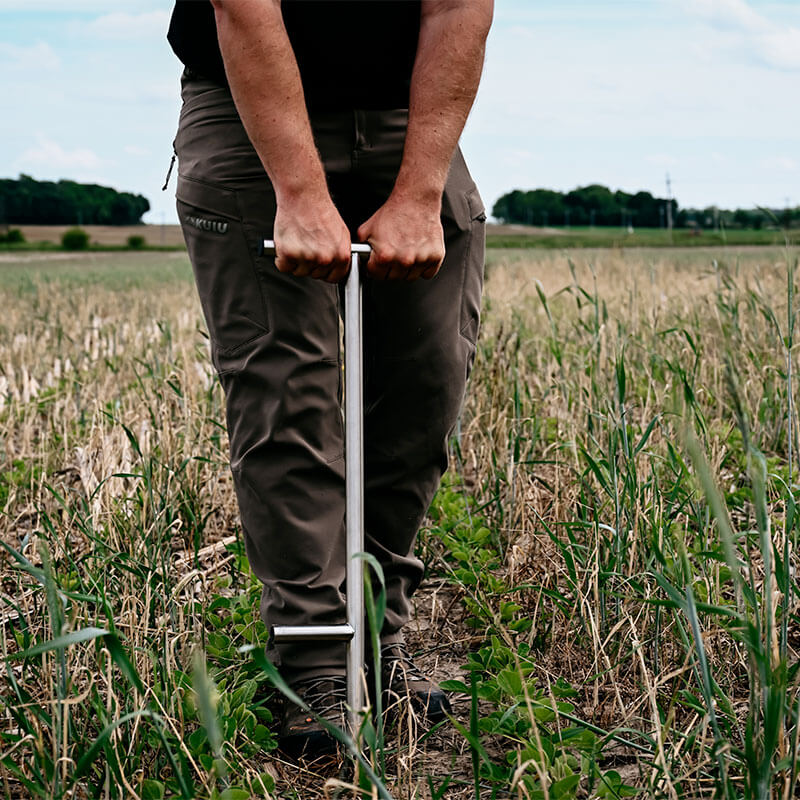
Increasing soil's organic matter improves its
- Water holding capacity and infiltration rates
- Ecological benefits
- Nutrient cycling
- Cation exchange capacity
- Microbial diversity and abundance
- Resilience to stressors

Select a payment plan that gives you peace of mind
Issuance Payments:
- Two Issuance Payments based on verified carbon credits generated during the corresponding verification periods. Each Issuance Payment will be equal to the amount of carbon credits issued after buffer withholdings**multiplied by the Issuance Payment price
Pre-Payments:
Agoro Carbon will make Pre-Payments to the Seller in an amount equal to the applicable unit rate per acre for each Regenerative Practice, multiplied by the number of Covered Acres. Pre-Payments shall be deducted from Issuance Payments made in years 6 and 11.
Note: Payments are made for new tons of carbon captured (above the baseline soil samples) and are measured by ton (equivalent to 2,205 pounds).* A per-ton price is established for each payment method.
Agoro Carbon Offers You an
Unmatched Lineup of Benefits
How we build trust in carbon:
- Market-competitive incentive amounts
- The opportunity to adopt new practices as our program evolves
- Top-notch agronomic support now and in the future – free of charge
- No requirement to purchase any products or services to participate
- The assurance of a brand trusted by 20 million producers in 60+ countries, for over 120 years
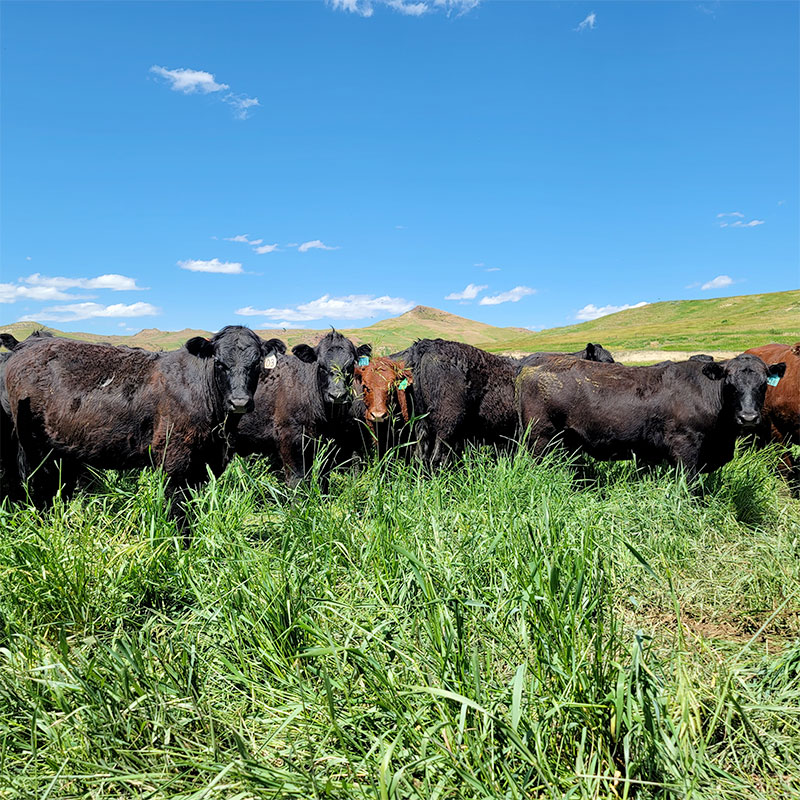
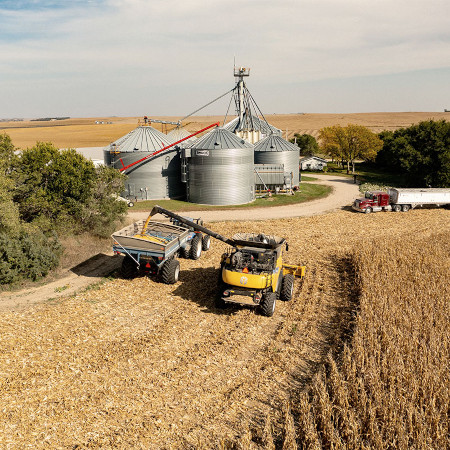
Paul Graddy
Nebraska Farmer
“I explored several carbon programs with my advisor and ended up signing with Agoro Carbon, because they provided the best explanation of carbon markets and offered the most attractive carbon payment structure that helped offset some of the upfront costs of adopting soil-health practices. The opportunity to receive long-term carbon income for my farm operation while improving soil-health were key factors in my decision.”
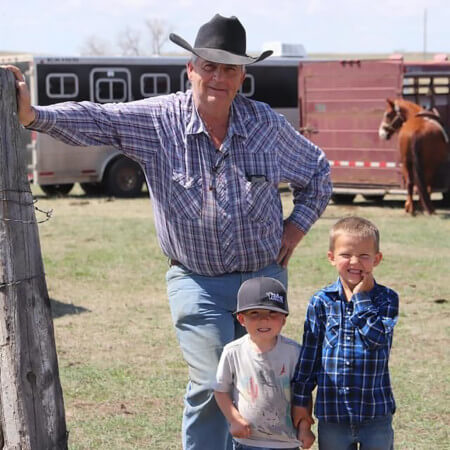
Todd Trask
South Dakota Rancher
“What I was wanting was something that would provide extra cash flow to the operation, but also not hinder the management of the operation. Agoro Carbon was just a perfect fit for us.”

John Pullis
Senior Agronomist
“Agoro Carbon’s teams on the ground are committed to working with producers to demonstrate and measure these co-benefits throughout the program’s life to prove the agronomic and financial value of these practices, even beyond the carbon credit payments. Measuring soil health indicators and agronomic resiliency benefits of these new practices is essential to telling the whole story.”